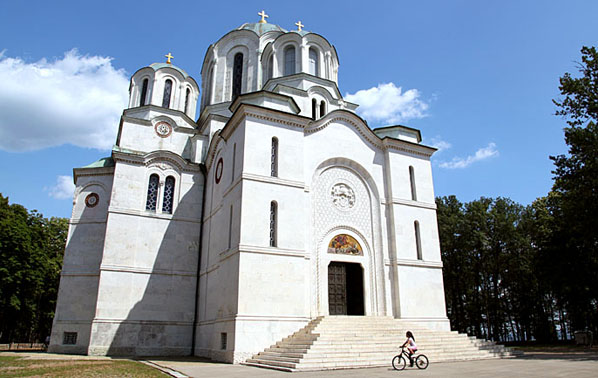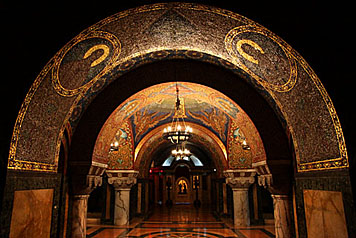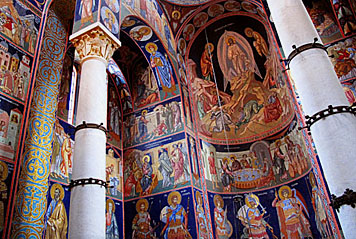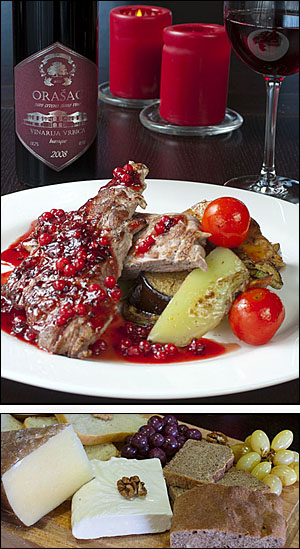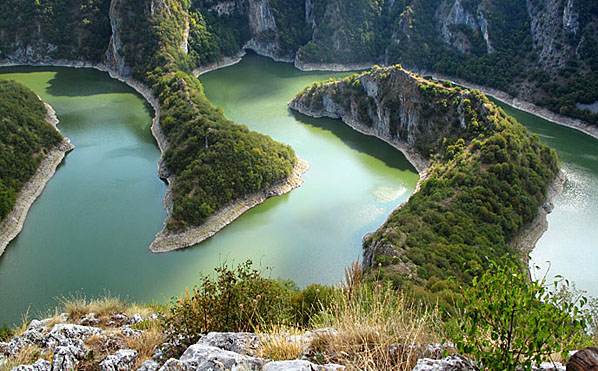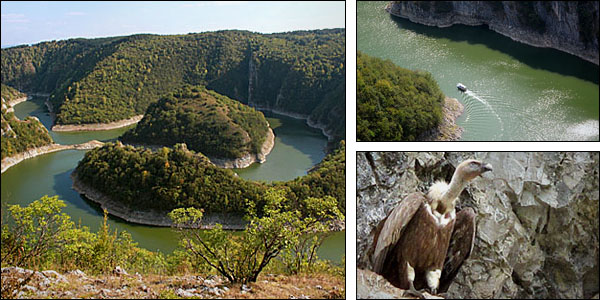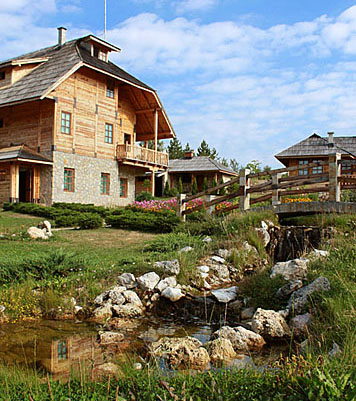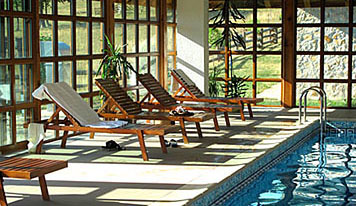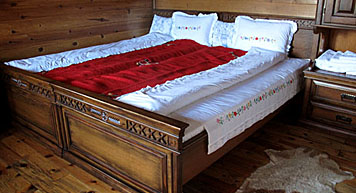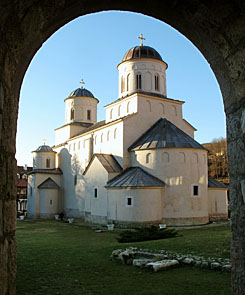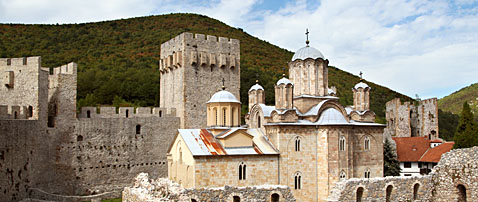
Manasija Monastery is an early 15th century endowment of Despot Stefan Lazarević, the illustrious knight who rebuilt Belgrade from ruins and made it the capital of Serbia. The monastery is enclosed with fortifications, a beautiful medieval construction, with ramparts and towers and crenelated parapets. The monastery church, which contains the relics of Despot Stefan, is dedicated to Holy Trinity. Its frescoes, those that survived centuries of devastation, are truly magnificent. Today, Manasija is an
Orthodox Christian women’s monastery, open to visitors. In the souvenir shop, you can buy honey, juices, embroidered folk clothes and other items made by the nuns. At the price of 500 dinars per person, you can get the keys to the parapet walk and go around the battlements, lean on a merlon and survey the picturesque countryside.
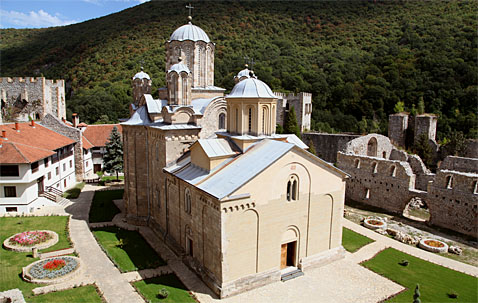
You will be unwise to take small children up to the parapet walk, as the courtyard side of the walkway is not protected by a fence and it is left to the visitors to be mindful of their safety. The best time for visit is between 10 am and 4 pm.
Resava Cave is 4,5km long, but only a 800m path is open to visitors. The temperature in the cave is the same throughout the year, at 7°C, and humidity is 80-100% (so be sure to have a jacket and some non-slip footwear).

The cave galleries and decorations are of exquisite beauty and are worth waiting one hour for the guided tour (the thing is, if you come in numbers the local guides
|
|
do not find sufficient for a group tour, you will have to wait the obligatory hour to see if anyone else should appear. And if nobody turns up, you will have a private guided tour, which is a real treat!). There is a visitor centre in front of the entrance to the cave, with the coffee bar, internet facilities, toilet and a modest souvenir shop. The price of the entrance ticket is 350 dinars, and the working hours are 9 am to 5 pm (even longer in summer). You can visit the cave all year round, but between 15
November and 1 April, these visits need to be announced beforehand.
www.resavskapecina.rs
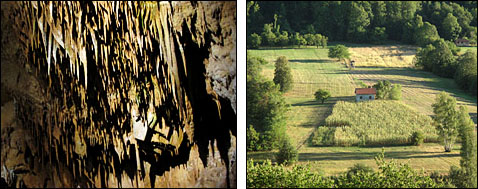
Lisine Waterfall is popular with hydrologist and the general public alike, thanks to the two decent kafanas at its foot, a good spot for a little rest after the visit to the cave. We recommend hot home-made pogača bread, freshly baked on order, and kaymak made of ewe milk, or a trout from their fish pond. Vodopad Restaurant (vodopad is waterfall in Serbian), Open: 8-23. A path through the parking and garden of Vodopad Restaurant will take you to the waterfall and the other kafana, "Lisinski raj" (parking is
free only if you dine at the kafana it belongs to, so be mindful where you park). On the road from Manasija Monastery to Resava Cave, there is a Miniature Park to the left, with models of medieval Serbian monasteries made in 1:17 scale. The park is open between 1 April and 1 November, 10-16, and the price of the entrance fee is 100 dinars (parking and coffee bar available).
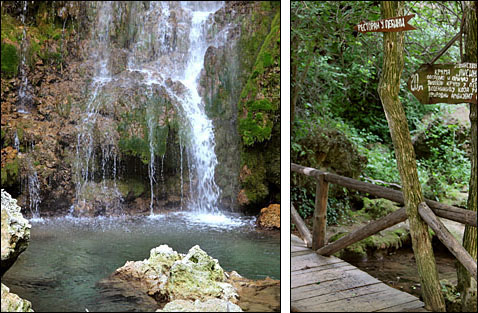
Directions: from Belgrade, take motorway towards Niš, take the exit for Svilajnac and continue towards Despotovac. The Monastery is 2 km away from Despotovac, follow the signs at larger intersections. It takes around one hour and a half to get to Manasija from Belgrade by car (132km, toll 310 dinars). As you return to Despotovac from the Monastery, at the 1st intersection you will see a sign for Resava Cave (left) which 20 km away. On the road to the cave, you will see a junction with signpost: left
for Lisine Waterfall (around 5km), right for Resava Cave (around 6km). After the visit to the cave, return to this junction and take the sign for Lisine. You will come upon Lisine Restaurant, which is not your desired destination, so you should continue to the left, across a small bridge, towards the waterfall. Local roads will take through villages, so do not drive too fast, lest you bump into a sheep or a cow. Drive slowly and enjoy the scenery. The whole trip will take about 10 hours (complete with
departure from and return to Belgrade). |






